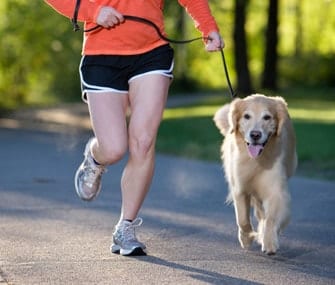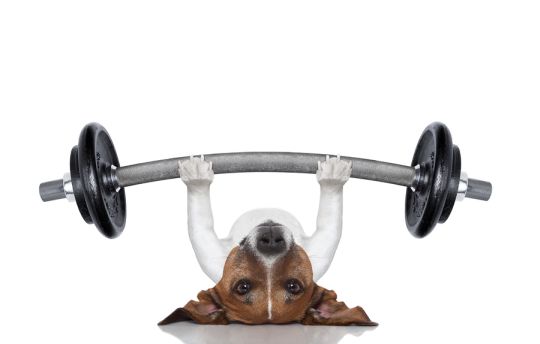
Want to learn how to train your terrier to walk on a leash? This article will show you how to do this.
Though a friendly, playful and idiosyncratic breed, if you own a terrier, you’re probably extensively familiar with their incredibly annoying tendency to almost yank your arm out of its socket when you try to take them for a walk – sometimes it’s as though they think they’re taking you for a walk.
Friends with dogs of other breeds large and small alike offer well-meaning advice. People might have told you that you just need to turn back around and head home immediately every time your dog starts to pull on the lead, or to sternly say “No!” while pulling them back just as hard.
Though following advice like this works a bit, you end up getting much less exercise, or even choking your dog.
Terriers are not flat-faced, brachycephalic dogs that tire easily, and it definitely shows. Their pronounced snouts mean that they seem to have infinite energy, and can keep going all day long.
Many people never reach a point at which they feel that they can trust their terrier off the leash because they never stop pulling.
Though it’s great exercise running around with a dog with boundless energy, needing to be restrained all the time like this is no way for a dog to live their life. Yet, unfortunately, being difficult to train, most terriers do.
Why Does My Terrier Pull?
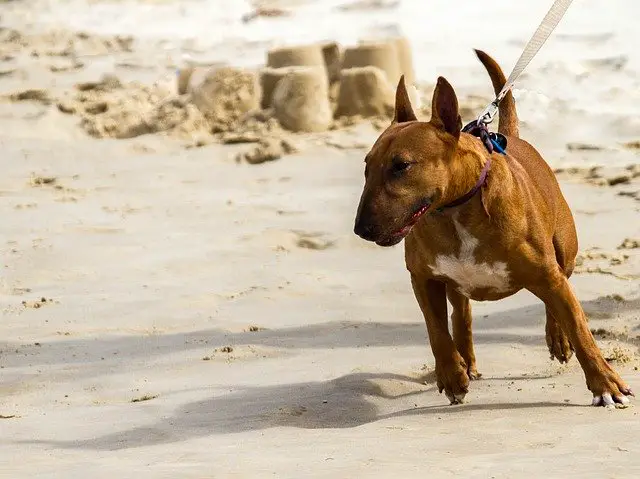
Most dogs, not just terriers, will pull on the lead now and then. But terriers are one of the breeds that are most notorious for pulling their owners around excessively.
The main reason they do this is that they see something – a squirrel, cat, or another dog – that distracts them from their walk. They want to run over and investigate but forget about their human on the other end of the leash.
Another reason that your terrier might pull is that they have a lot of energy. Have you ever walked your terrier immediately after coming home from work or school?
Not only are they excited from being happy to see you, but since you’re walking them straight after they have been lying around dormant all day like this, your terrier will be raring to go, noticing and reacting to absolutely everything around them.
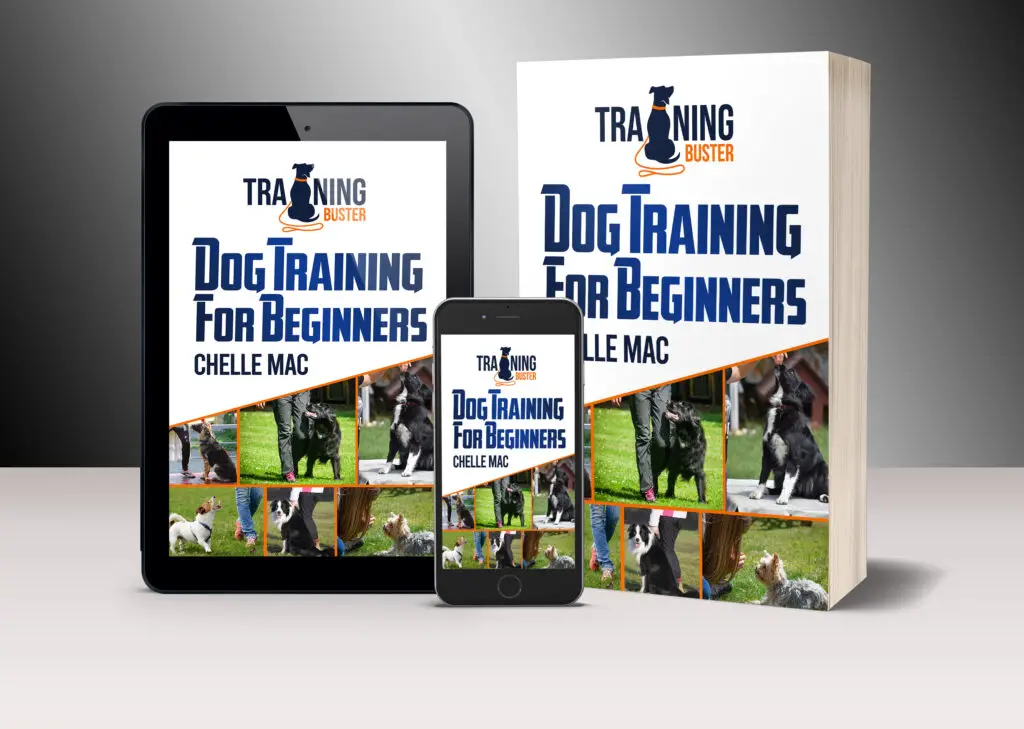
So if your terrier is lunging at everything around them when you take them out for a walk, one way to try to make the walk more pleasant for you is to try to take them out for their walk after they have been thoroughly exhausted by a long game of fetch… though, with terriers, attempts to play most other games usually just turns into a long game of tug and war.
Even if your terrier isn’t actually currently much of a puller, giving them regular physical exercise, as well as mental stimulation, is important, to drain a fair amount of their energy.
Being sure to exhaust your terrier by playing with them often throughout the day, as well as setting up some puzzles with a toy or through scattering their food around for them to sniff out will prevent them from starting to pull worse, are even stopping them from pulling at all.
Should I Use a Harness, Collar, or Head Collar on my terrier?
As mentioned earlier, it’s easy for any dog to get choked if they pull or are pulled around on a leash. Considering this, a standard six-foot or two-meter leash is usually perfect for walking your terrier.
Any longer and your dog could hurt themselves badly if they suddenly pull. Any shorter and using it will be uncomfortable for both of you.
A Harness Offers Greater Control
When wearing a harness, your terrier will be able to move around much more easily without damaging their trachea.
They can be difficult to put on and adjust, but using a harness gives you much better control of a smaller terrier. If you need to pull your terrier back, a harness makes this easier to do while also preventing you from injuring your dog in this way.
However, use it for five minutes and you’ll soon discover, a harness makes it much easier for your terrier to pull you, as well. For standard, gentle walking, a harness is not required.
Accessories like these are something of a last resort. But the benefits make it strongly worth considering.
There are also head collars that are equally as suitable for terriers. This headgear has a loop for the leash, usually at your dog’s chin. Then, when your dog pulls, their head will be turned in a slightly uncomfortable way.
Safety
If you do go for either of these accessories, be sure to check that they are compatible with the clasp on your leash.
There may not be any specific warnings directly on the packaging, but when the leash is slack, any dog on a harness can easily come off a leash with a non-standard carabiner that doesn’t lock securely.
A normal leash clasp with a spring trigger is your best bet for most terriers who are not extraordinarily strong.
Did Somebody Say Treats?
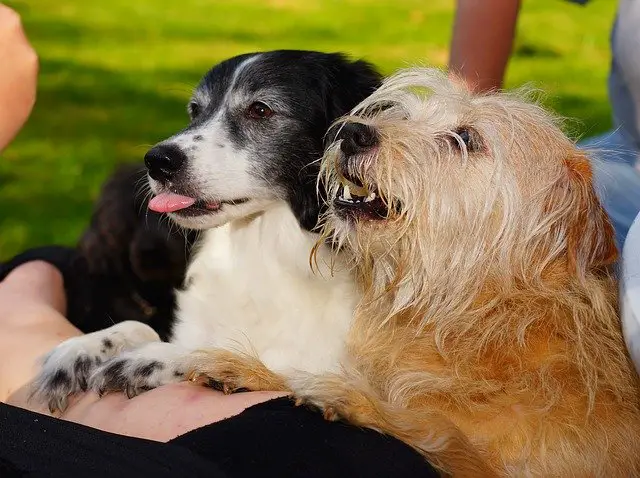
One good way to train your terrier to walk next to you on their leash is to employ a food reward.
Their favorite toy can work just as well, but depending on the dog, you may end up walking down the street playing tug of war.
To train your dog to do this, bring them to an enclosed area, taking some small treats as well.
Allow them to sniff plants or relieve themselves normally, but when they are finished, use a phrase like “Come on!” or “Let’s go!” with a positive tone of voice, while slowly walking away from them, to let them know that it’s time to move on.
Once they come back over to you, feed your terrier a small treat while praising them and making a fuss. If your dog does not come over to you when you call, you can pull on the leash gently, to remind them, but do not yank your terrier with excessive force.
After this, you can reward your dog for staying by your side every two paces or so.
You will soon be able to gradually reduce the number of treats you need to feed your dog during a training session. Later, you won’t need to feed them anything at all.
Time for Walkies?
When your terrier is sticking by your side fairly consistently and coming back promptly when you call them, it’s time to take their training to the street. You may want to save your terrier’s favorite treats or most distracting toy for this stage.
Of course, there will now be lots more distractions for your terrier –other pedestrians passing by, sometimes with their dogs. There may even be dogs off the lead, plenty of noisy cars, and maybe even some squirrels or birds. But remain calm – your terrier can be trained to ignore most distractions.
Practice at Home with your terrier
To emulate these distractions at home or another enclosed area, you can begin to throw a treat or ball in front of your terrier while they’re on their leash.
When they then tug towards this engineered distraction, say the phrase you previously used for moving on and try to walk away from the distraction.
However, you can then turn around and walk towards the distraction – as long as your terrier walks slowly beside you, without pulling, they can take the treat or toy as a reward when they reach it.
It won’t be possible to accurately copy everything your terrier could possibly encounter when out on a walk – once in a while, your dog might see someone jogging, skateboarding, or rollerblading and might still lunge towards them.
As long as you’ve got them securely on the leash, this is alright.
But with your training, they are much less likely to pull towards distractions like this – you will actually condition them to look back at you, expecting a reward, every time they see something that distracts them when you’re out on a walk together.
Conclusion
So, based on this advice, I hope you find a way to train your terrier to walk with you safely.
You don’t have to follow these instructions to the point, you can find what works for you. Depending on their age, or even patience, your terrier may just not be able to do all the steps mentioned, but this is okay.
If you stick at this and don’t give up, practicing this every now and then during your regular outdoor training sessions, your terrier will at least be more pleasant to walk on the leash but may someday become a Crufts-worthy model pooch, walking by your side like a pro.
Hopefully, you may even be able to trust your terrier off the leash for a fun time with other dogs around, at the park or beach.

